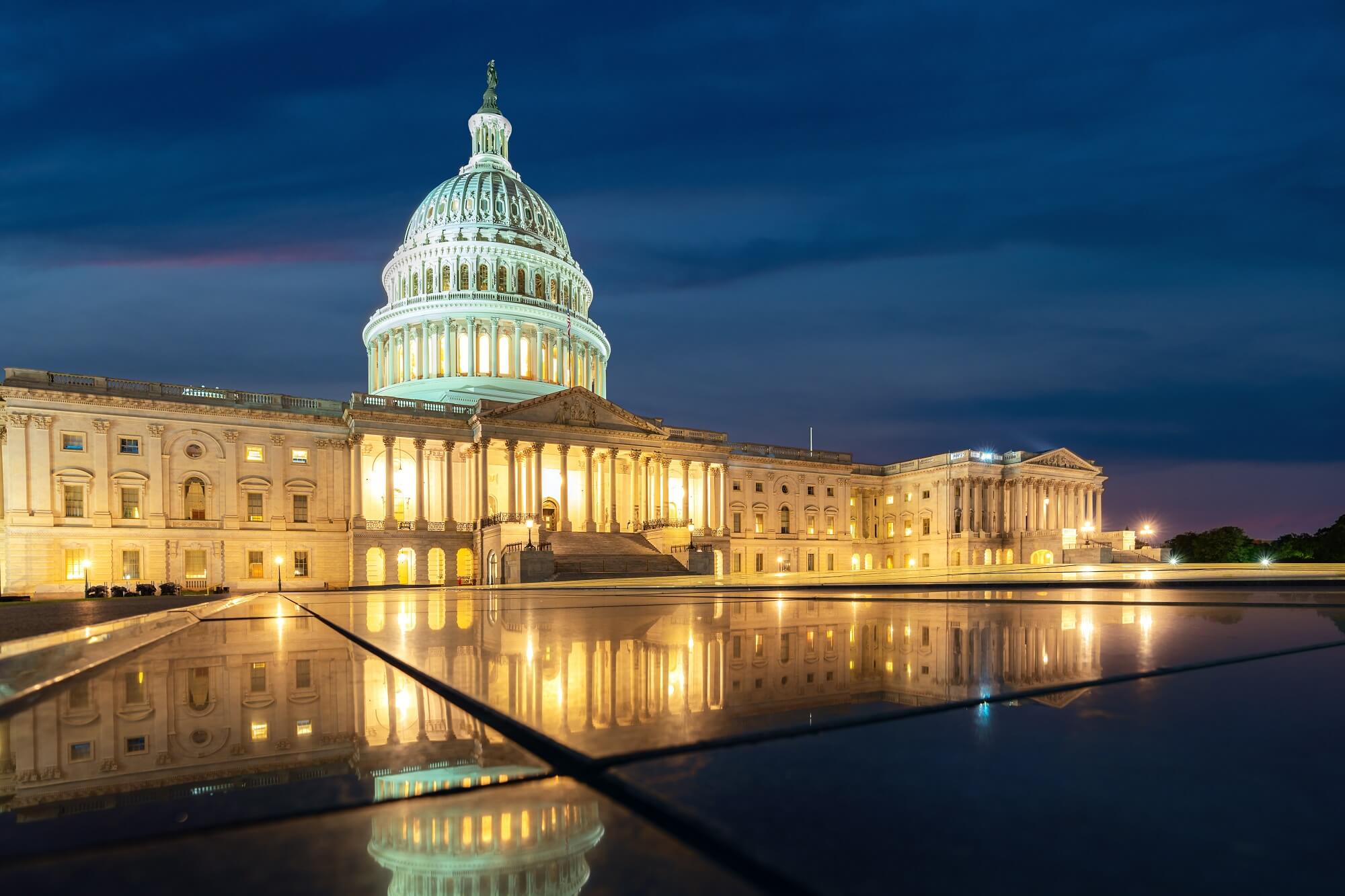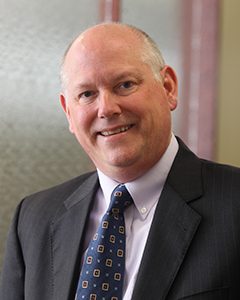The SSRA: What’s Not to Like?

There is a lot to like about the Securing a Strong Retirement Act (SSRA) of 2020.
Given that there are 36 items in it, that’s saying a lot.
Introduced on October 27, 2020 by House Ways and Means Committee Chairman Richard E. Neal (D-MA) and Ranking Member Kevin Brady (R-TX), the SSRA contains provisions that are pro-retirement plan, pro-plan participant, and pro-plan sponsor.
The bill builds on the Setting Every Community Up for Retirement Enhancement (SECURE) Act of 2019 to further improve workers’ long-term financial wellbeing.
“Covid-19 has only exacerbated our nation’s existing retirement crisis, further compromising Americans’ long-term financial security,” Neal said. “In addition to meeting workers’ and families’ most pressing, immediate needs, we must also take steps to ensure their wellbeing further down the road.”
SSRA will “enable more workers to begin saving earlier – and saving more – for their futures,” he added. “This bill will help Americans approach old age with the confidence and dignity they deserve after decades of hard work and sacrifice.”
Highlights of the SSRA include:
- Promoting saving for retirement earlier by enrolling employees automatically in their company’s 401(k) plan, when a new plan is created.
- Creating a new financial incentive for small businesses to offer retirement plans.
- Increasing and modernizing the existing federal tax credit for contributions to a retirement plan or individual retirement account (IRA).
- Expanding retirement savings options for non-profit employees by allowing groups of non-profits to join together to offer retirement plans to their employees.
- Giving individuals aged 60 and older more flexibility to set aside savings as they approach retirement.
- Increasing the required minimum distribution age to 75.
- Allowing individuals to pay down a student loan instead of contributing to a 401(k) plan — while still receiving an employer match in their retirement plan.
- Making it easier for military spouses who change jobs frequently to save for retirement.
- Allowing individuals more flexibility to make gifts to charity through their IRAs.
- Allowing taxpayers to avoid harsh penalties for inadvertent errors managing an IRA that can lead to a loss of retirement savings.
- Protecting retirees who unknowingly receive retirement plan overpayments.
- Making it easier for employees to find lost retirement accounts by creating a national online database of lost accounts.
A section-by-section summary of the bill can be found here.
It must be pointed out that there are two pieces of this particular puzzle that appear to be missing. First is the question of how the SSRA would be paid for. The $16 billion SECURE Act is mostly funded through a change to so-called “stretch IRAs,” where disbursements from IRAs must be collected and taxed within 10 years of the original account holder’s death; before, the beneficiary could spread those disbursements over their lifetime. Funding for the SSRA is less clear.
Second is whether the SSRA will be taken up by Congress – and, if it is, will it be passed? Its bipartisan nature, and the fact that Congress appears to be taking the retirement crisis more seriously of late, bodes well. But given that Congress is now in a lame duck session, nothing is guaranteed.
Our best guess is that SSRA will probably be attached to another bill; with luck, that bill will be voted upon before January 3, 2021, when the current session ends.
And, of course, there is the fact that SSRA represents a win for every side when it comes to saving for retirement.
Like we said: There is a lot to like.
About the Author
